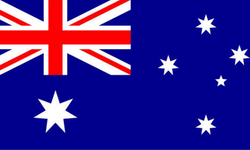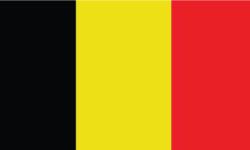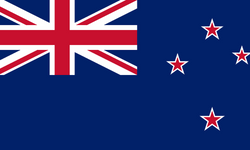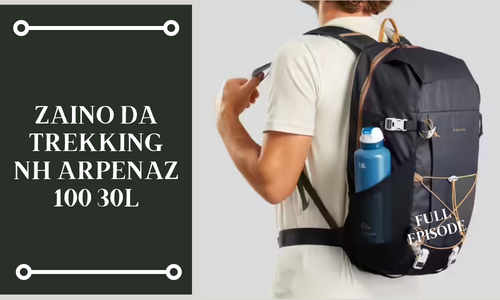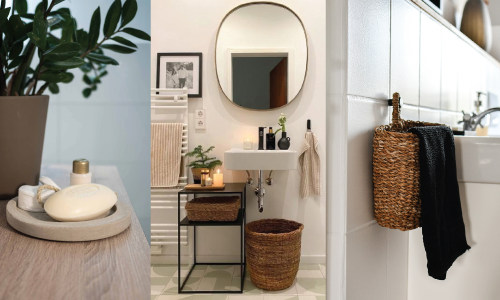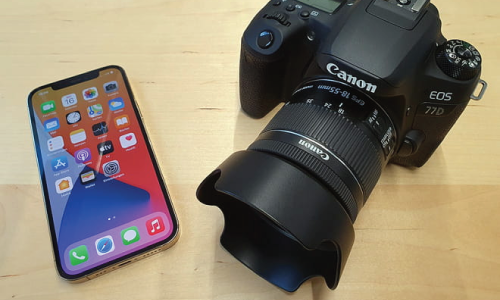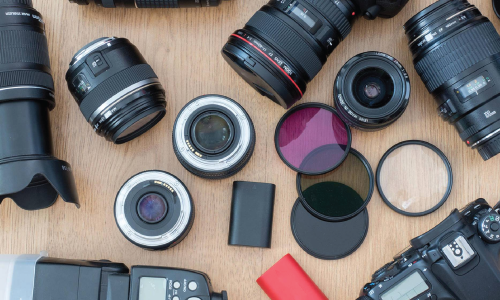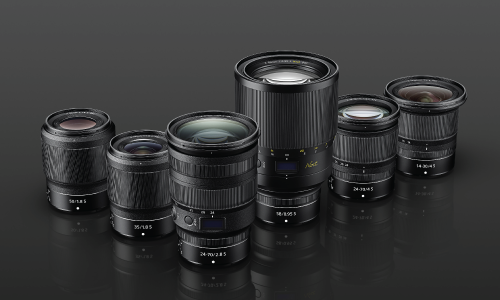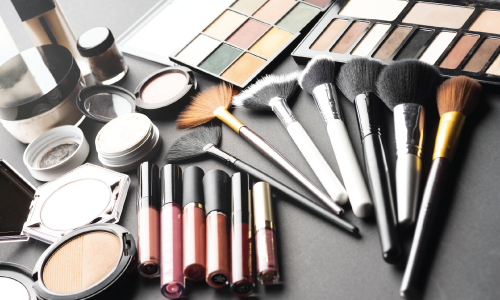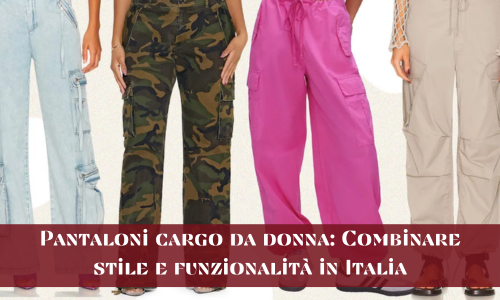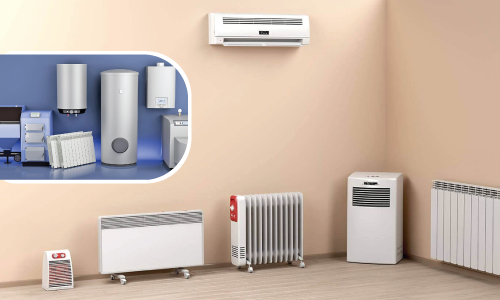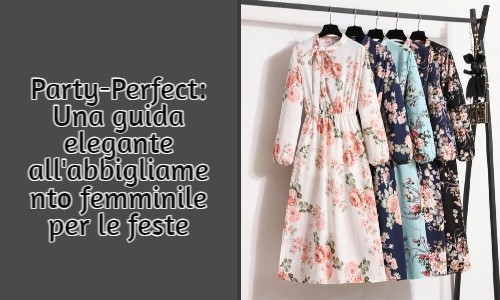Our mountain and trekking enthusiasts have developed this 30 liter backpack for your excursions in nature.
Are you looking for a backpack to escape two hours in the middle of nature? Our NH Arpenaz100 30L model respects the environment, is comfortable and equipped and accompanies your excursions with little altitude difference.
Advantages of the product:
- Carrying comfort: Back padded shoulder straps 4 padding. 2 thumb rests. Ventral and pectoral belt
- Pockets: 1 compartment | 6 pockets: 3 with zipper, 2 L bottle holder, 1 15 "laptop pocket.
- Capacity: Volume: 30 liters. Weight: 620 g. Dimensions: 50 x 26 x 20 cm.
- Easy transport: Cane holder | Plaid holder | Elastic for carrying or drying the jacket.

- Stability: Side compression straps for good load distribution.
- Abrasion resistance: Abrasion resistant materials and assemblies | 10 year guarantee.
- Ventilation: 4 pads that allow for simple back ventilation.
- Eco-design: We reduce the environmental impact by directly dyeing the yarn in the mass.
Technical information:
Our environmental approach
Textile dyeing requires a lot of water, but it also pollutes wastewater from dye baths.
To reduce this impact, we use two dyeing processes:
1. We do not dye the inner thread of the fabric.
2. We dye the yarn in bulk by integrating the colored pigments, in the form of granules, starting from the processing of the yarn.
How is the volume measured?
The volume of each backpack is measured according to a standardized method: to fill the main compartment and the pockets, we use small balls. Then we empty the balls into a graduated container, which gives us the equivalent volume in liters.
How to adjust the backpack?
1 - Loosen all straps (shoulder straps, belt, load reminders). 2 - Put on the backpack. 3 - Pull the shoulder straps. 4 - Adjust the load calls.
Buy the best NH Arpenaz 100 30L trekking backpack at low price
How to load the backpack?
Place the heavy material on the bottom. The clothes will be tucked around. Keep your waterproof jacket and fleece handy. The "small" materials that you will use during the day will be divided into the pockets: sunscreen, documents and glasses. The water bottle, in the external pockets provided ad hoc.
Tested for optimum durability and strength
To validate the materials, we carry out laboratory tests on: fabrics, buckles, straps, foams, zippers. For example, for a fabric, we test its resistance to abrasion and tearing, the resistance of colors to UV rays and washing and its impermeability. We also carry out tests to verify the resistance of the assemblies, reproducing in an accelerated way the stresses of the backpack for years on a mannequin that reproduces the movements of a hiker.






